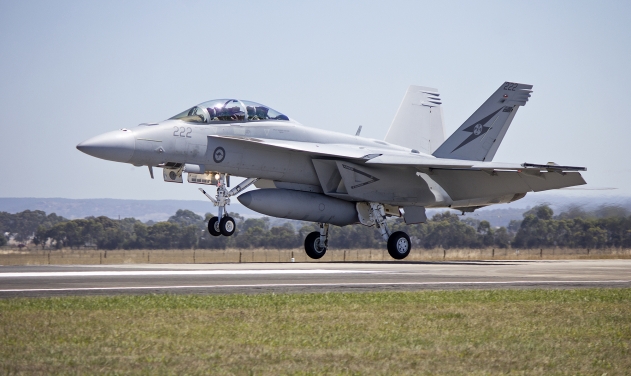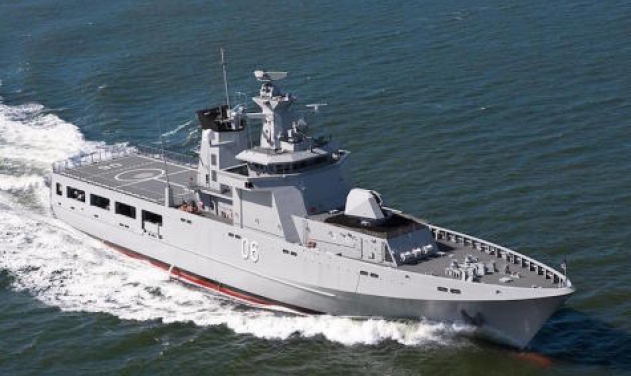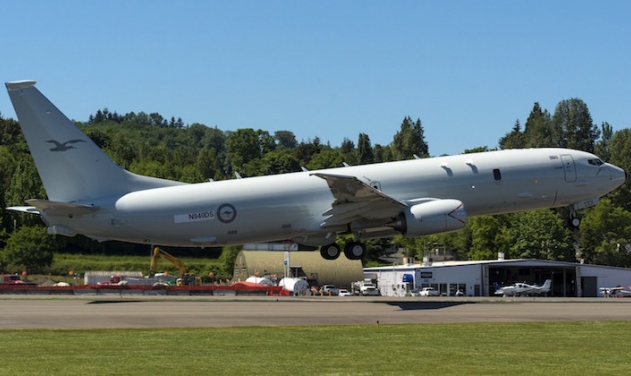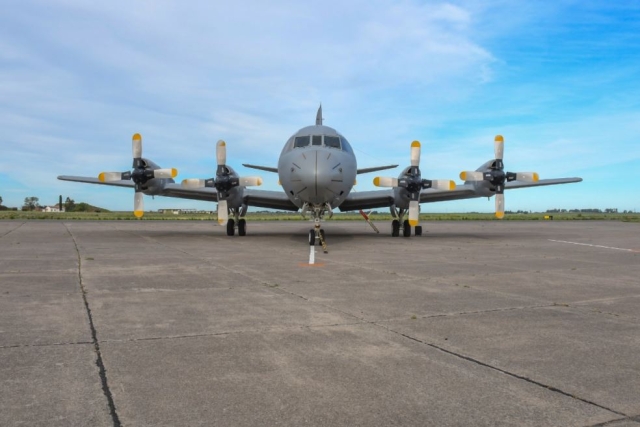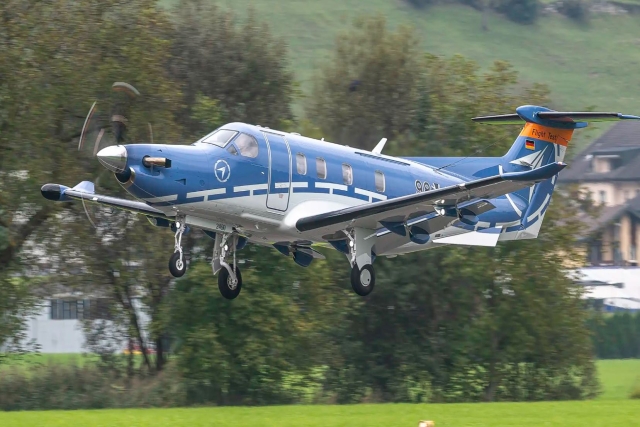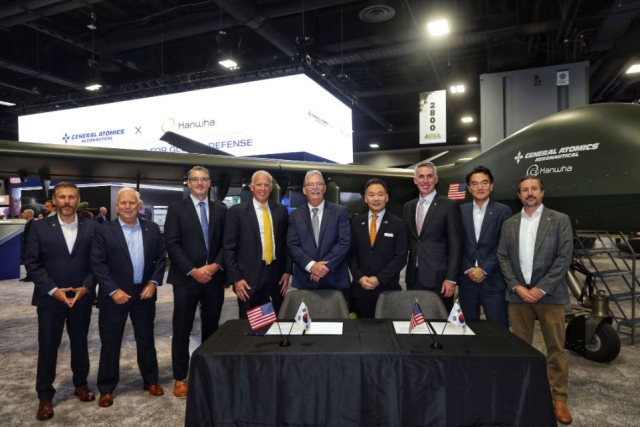Australia to Get Boeing Next-gen Battle-space Communications Ahead of Schedule
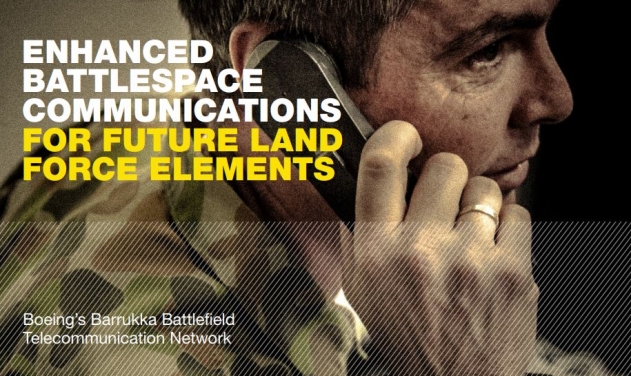
Australian Defense Forces has received next-generation battle-space communication ahead of schedule from Boeing Defense Australia (BDA).
The $650 million project, LAND 2072 Phase 2B, will deliver voice, data and video services, allowing for secure communication between deployed Australian land forces and headquarters, Minister of Australian Defense Industry, Christopher Pyne said in a statement Tuesday.
“Modern and secure communications networks are critical to the ADF’s warfighting capability and with this new range of technology the ADF will enjoy the latest in protected wired and wireless communication services,” Minister for Defence, Senator Marise Payne said.
“This project is continuing to modernise Land Network communication through the provision of a modern and Integrated Battlespace Telecommunications Network (I-BTN),” Pyne added.
The I-BTN capability has been delivered to 7th Combat Signal Regiment and 1 Signal Regiment, both based at Enoggera Barracks in Brisbane and 1 Combat Communications Squadron at RAAF Base Amberley, near Ipswich.
“Defence looks forward to declaring this capability operational in 2018, during which time the new communication package will be further rolled out to the Army and the Royal Australian Air Force,” Minister Payne said.
Boeing Defence Australia is offering the Barrukka system, built with operationally proven equipment, to modernise deployed Battlefield Telecommunication Networks (BTN).
An integrated BTN including terrestrial and space bearers, range extension systems, local area systems and a Headquarters on the Move (HQOTM) capability in a modular design that supports operational agility. The HQOTM capability was used by the US Army during Operation Iraqi Freedom in 2006 and incorporates wideband satellite links for the command and control of forces on the move. This capability improves the commander’s situational awareness.
Barrukka’s design approach integrates commercial and military off the shelf components to provide a flexible, Mission System capability while minimising development costs and customisation requirements.

